Inside the Wildest Race on the Urban Running Scene
The OSR10K in New York City is setting the standard for unsanctioned racing
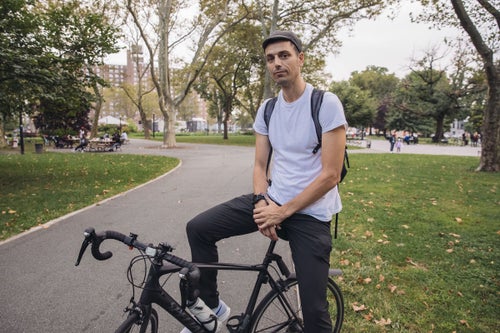
It’s a humid, mid-September evening in Red Hook, Brooklyn. The OSR10K is about to be unleashed on this unsuspecting waterfront neighborhood. Since the inaugural edition in 2014, this race has been a highlight on the annual series of unsanctioned events put on by Joe DiNoto—founder of the Orchard Street Runners and noted impresario of semi-legal fun. (His next event is a midnight half marathon that will be staged in London, on Halloween.)
“This is one of the most desirable races out there for anybody that knows what we do,” DiNoto says of the OSR10K. “It’s the most elite, sharpest-edged race of the urban running scene.”
—Martin Fritz Huber
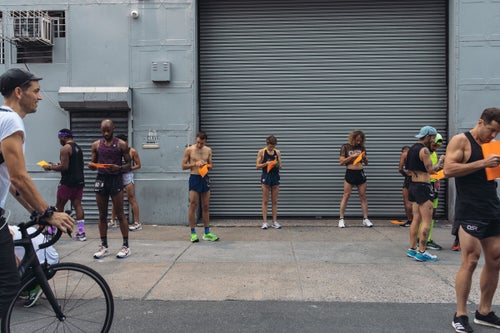
In a nod to alleycat-style bike racing, OSR10K participants are given a “manifest” 15 minutes before the start. This sheet of paper reveals the locations of the four checkpoints that make up the course. It’s a stroke of genius by course designer David Trimble that the checkpoints can be done in any order and the total distance will always come out to 10K . . . more or less.
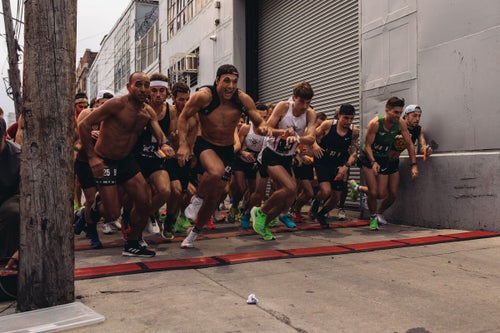
In years past, the men’s and women’s OSR10K were entirely separate events that took place weeks apart. For the 2019 edition, however, both races are being held on the same evening, with the men going first.
The race begins with a 0.8 mile “prologue” in which runners do a double loop around a small park.
“The idea behind that was to create a spectator-friendly experience where the women watched the men’s race, prior to their own,” DiNoto says. “They got to watch the men sweat it out the start, all nervous and shit.”
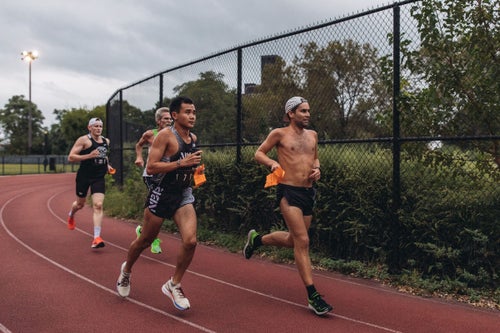
The manifest needs to be signed by a race official at each checkpoint, so runners are tasked with carrying it around as they try to navigate the course. It needs to be returned, intact, after they finish.
“We made that manifest the most important thing in their life for the duration of that event,” says DiNoto.
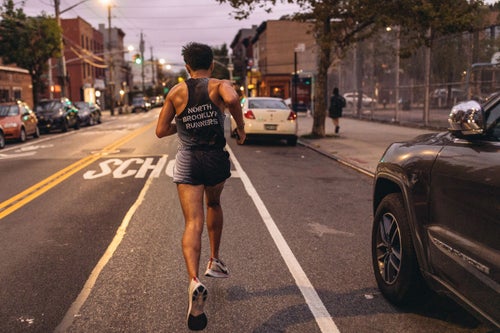
As with all OSR races, strategy comes into play. Follow the herd, and you are less likely to get lost, but you could lose valuable seconds waiting for a signature at an overcrowded checkpoint. Venture off on your own and you can have the “course” to yourself, but you may end up covering more ground than you bargained for.
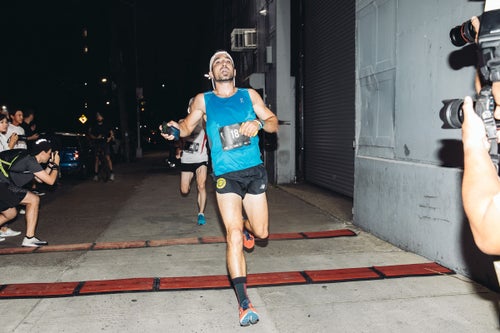
The men’s race comes down to a sprint finish. Kyle Price edges out Simon Voorhees to win in 31:40. In the same event last year, Price finished 39th out of 40 runners, after getting lost and running nine miles instead of six. The OSR10K is nothing if not a place for redemption.
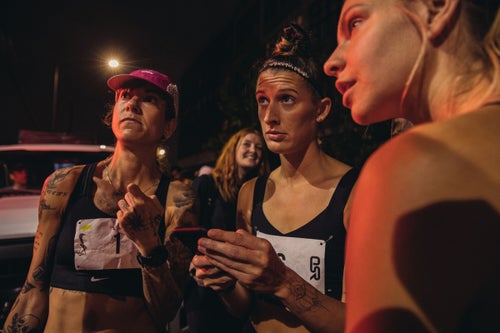
The start and finish of the women’s race is the same as for the men. Three of four checkpoints are the same, but one is different—just to keep things interesting.
“Nothing is by accident here,” DiNoto says of the subtle course discrepancies. “As happenstance as everything appears to be, every inch of this race, any of my races, is extremely thought out and organized.”
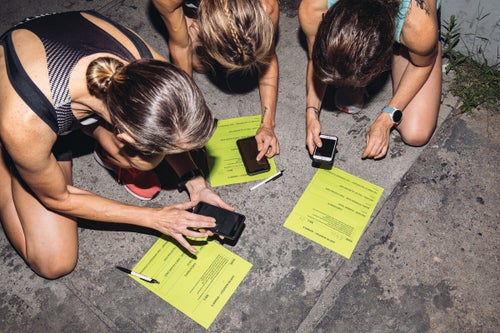
Minutes before the start, runners are still entering coordinates into their phones, trying to determine the most efficient route, or at least one where they have the least chance of getting lost.
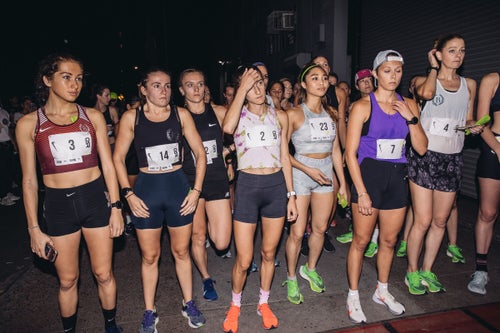
As the word about OSR races has gotten out, fields have become increasingly competitive, according to DiNoto. Tonight’s women’s race includes Waverly Neer (#7), recent alumna of the University of Oregon’s track and cross-country teams. She runs the prologue in 3:59—sub five-minute-mile pace.
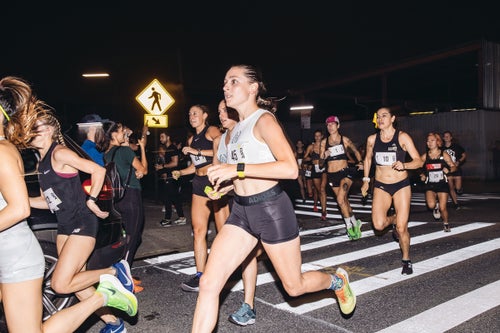
Coming off the prologue, the field is already being stretched out as runners head into the Red Hook night.